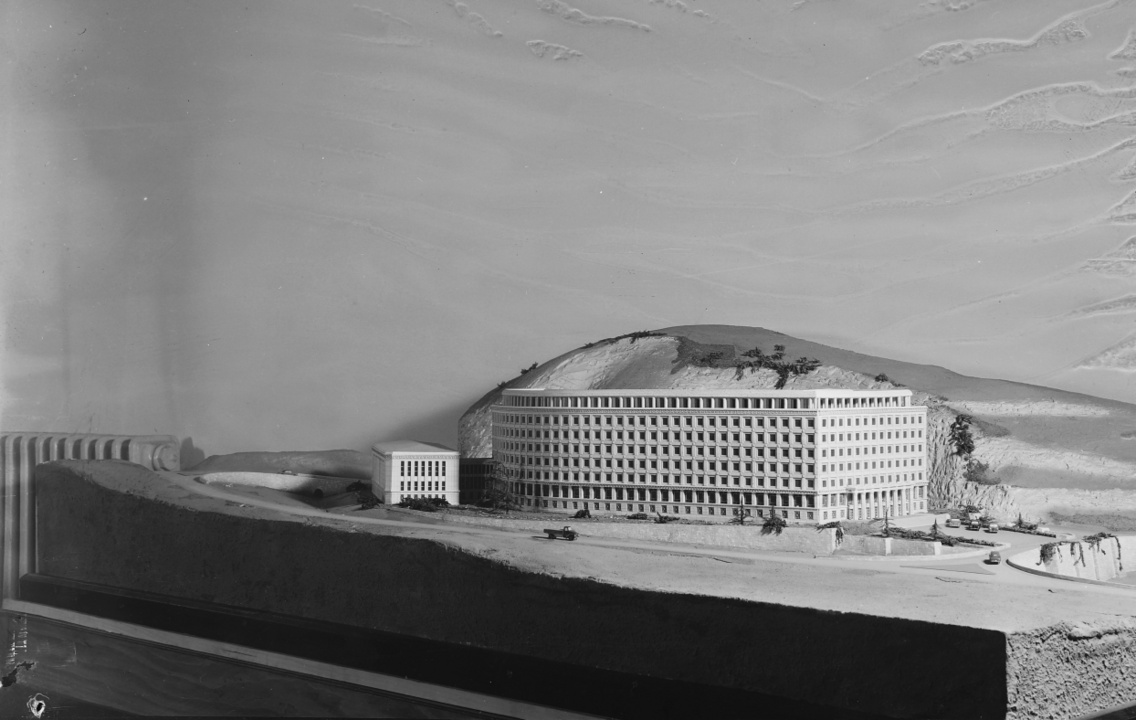Turkish Garden in the Buda Castle

Descending the Stöckl Steps in the Castle and proceeding towards the tower of Karakas Pasha, you'll discover a touch of the exotic Orient with fig trees, roses, and fountains. True, the flora in this recently established garden lies dormant during winter months. But from spring through autumn it undoubtedly ranks amongst the most atmospheric spots in the city. And the best bit? The garden remains serene even as tourist groups throng other areas of the Castle. Its name references the former Turkish quarter demolished during Buda's recapture, a story we've chronicled here. This isn't the only hidden treasure in the vicinity – few visitors realise that the recently restored Royal Riding Hall nearby welcomes the public daily between 1 and 4 pm, free of charge.
The bridge master's residence

The Chain Bridge conceals numerous secrets. Among them, the most fascinating one is that until 2007, the windows on either side of the entrance to the Tunnel housed offices and residences. That includes a modest garden space where the bridge master lived. A balcony extends from the inner portion of the tunnel – undoubtedly more appealing during the era when horse-drawn carriages traversed this bustling thoroughfare. The floor-to-ceiling windows are reputed to provide incredible views of both the bridge and the flowing river below.
Rock Center of Little Gellért Hill

Whilst exploring Buda's District XI, you may encounter a surprising sight among the residential homes – a massive, rugged structure suddenly emerging behind family dwellings (pictured on the left in our cover image). This enigmatic location is the Rock Center, which continues to serve as a base for the Hungarian Defence Forces. Construction was authorised well before the Second World War, though the air defence complex wasn't officially revealed to the press until 1944.
This particular location was selected because the nearby public transportation hub was considered almost peripheral to the city at that time. During the early Cold War period, the Rock Center underwent modernisation, with structural alterations implemented from the 1960s onwards. These changes allowed part of Hungarian Airlines' air traffic control to be centralised alongside military operations. The facility was constructed on the site of a former quarry, enabling its various corridors and passages to extend up to 14 metres deep within the mountain. Local folklore suggests connecting tunnels between the building and both the Citadel and the Déli Railway Station, though such claims remain unsubstantiated.
The tunnel of the Kelenföld Power Plant

In 1914, Kelenföld Power Plant was born – a perfect marriage of function and form. Its stunning, futuristic control room has served as a filming location for notable productions including World War Z featuring Brad Pitt. What remains lesser known, however, is that there is also a tunnel adjacent to this remarkable structure. Originally, power cables traversed the Southern Connective Railway Bridge. This arrangement proved problematic by the 1930s, as such exposed cables would have been vulnerable targets during potential air raids. Consequently, a bomb-proof tunnel beneath the Danube was planned in 1934.
During wartime, German forces attempted to destroy this tunnel. Their efforts were thwarted thanks to Engineer Colonel Gaszton Hámory. Despite partial success in demolishing the Pest side—which resulted in the Danube flooding the tunnel – the cables remained intact and were subsequently restored to operational use.
Holy Spirit Chapel

At first glance, 15 Ulászló utca in central Buda appears to be a typical residential building, but upon closer inspection of the entrance, you'll discover it houses the Holy Spirit Chapel. This sacred space was consecrated in 1940 by the Sisters of Social Service, a monastic community established by Margit Slachta. During 1944-45, as a plaque on the wall commemorates, the building served as a sanctuary for Jews in hiding.
The chapel came under the stewardship of Saint Emeric Catholic Parish in 1948 and underwent renovation in 1951, during which it was adorned with valuable artistic treasures. Further reconstruction occurred in 1981 according to designs by architect Ferenc Török, followed by the installation of Sándor Rétfalvy's Way of the Cross. Today, the chapel remains under the ownership of the Cistercians' Congregation of Zirc, along with the ground-floor pastor's residence.
Hunyadi-sziget Nature Trail

This genuine deserted island is situated in Budafok and bears the name Hunyadi-sziget. The area formerly comprised three small islands on the Danube, in close proximity to one another. Due to water management interventions, both Háros and Hunyadi were transformed into peninsulas, whilst only the smallest, Szerelem-sziget (which amusingly translates to 'Love Island'), has maintained its original insular form.
Today, Hunyadi-sziget represents the final unspoilt piece of wilderness within the city, where nature is permitted to sculpt the landscape without human intervention. Fresh trees emerge naturally from seedlings to replace those that have fallen and robust trunks are draped with climbing plants. Scattered throughout the verdant surroundings are modest structures and peculiar, dystopian concrete elements – remnants from when the area was used by the defence forces for an extended period. The pristine condition of this habitat exists precisely because of the rigorous protection measures they implemented. Access to this site is restricted to guided tours only, check out the details in this article.
Sources:
- Mihályi Balázs: Sziklaközpont, Rubicon.hu
- Újbuda értékei 3. – Rejtőzködő értékeink, Közigazgatás.Újbuda.hu
(Cover photo: Rockstar Photographers - We Love Budapest)






